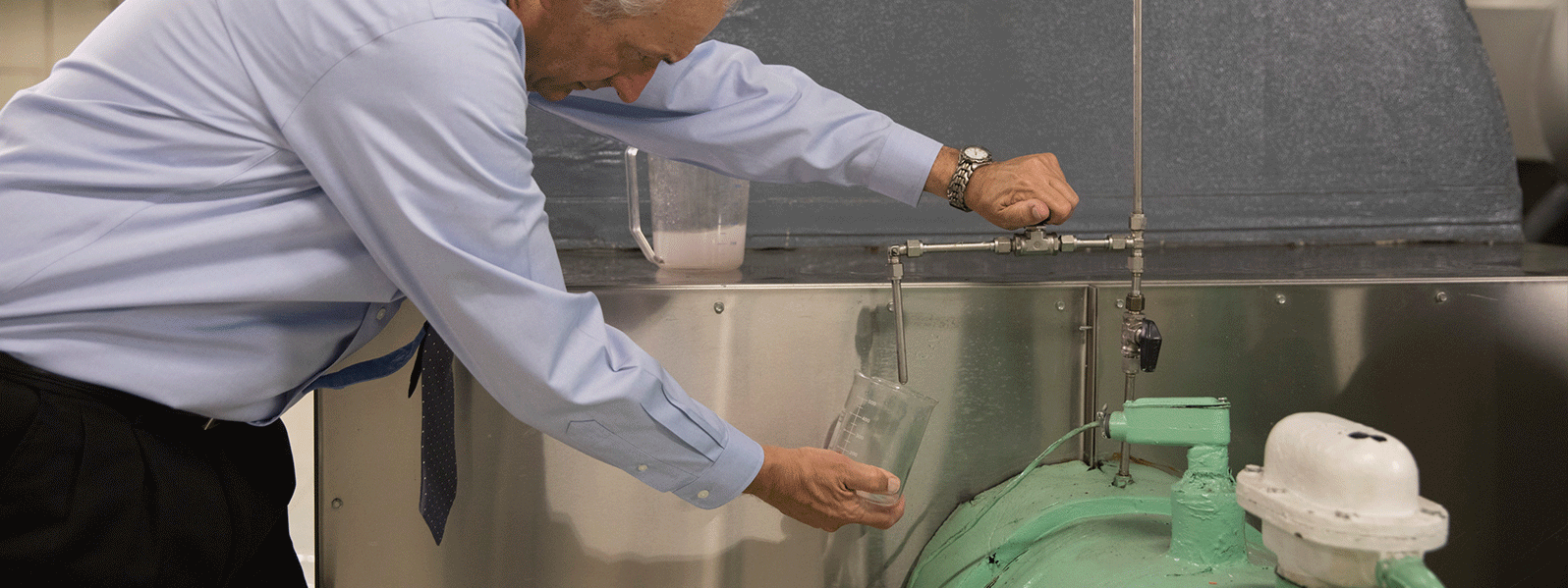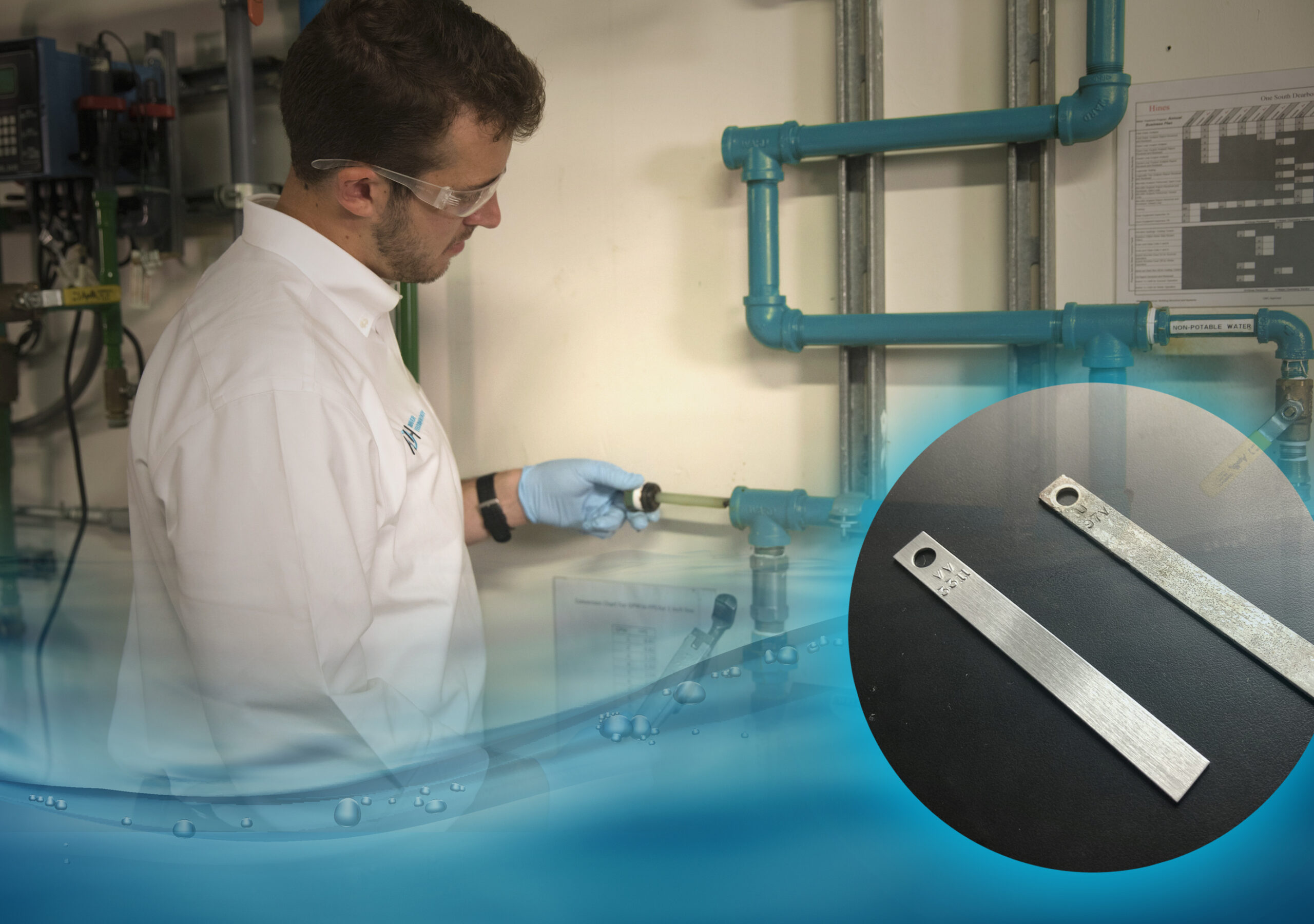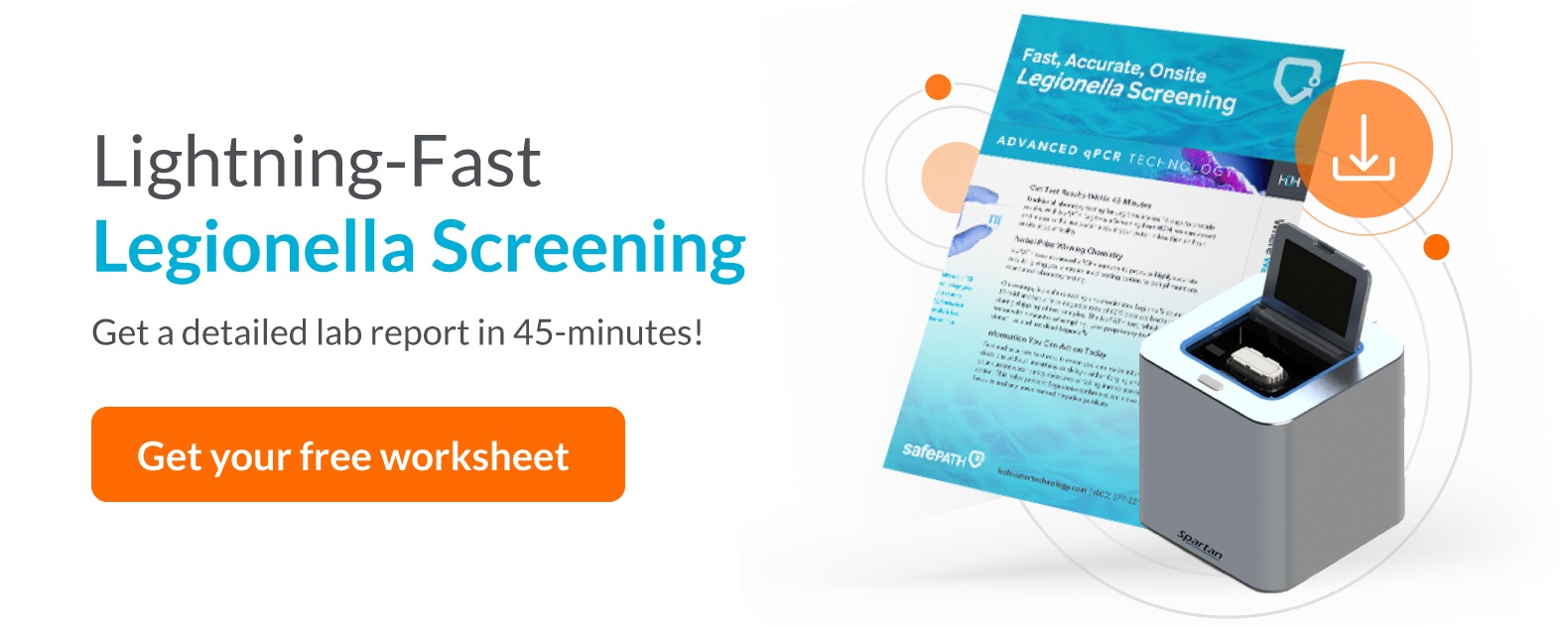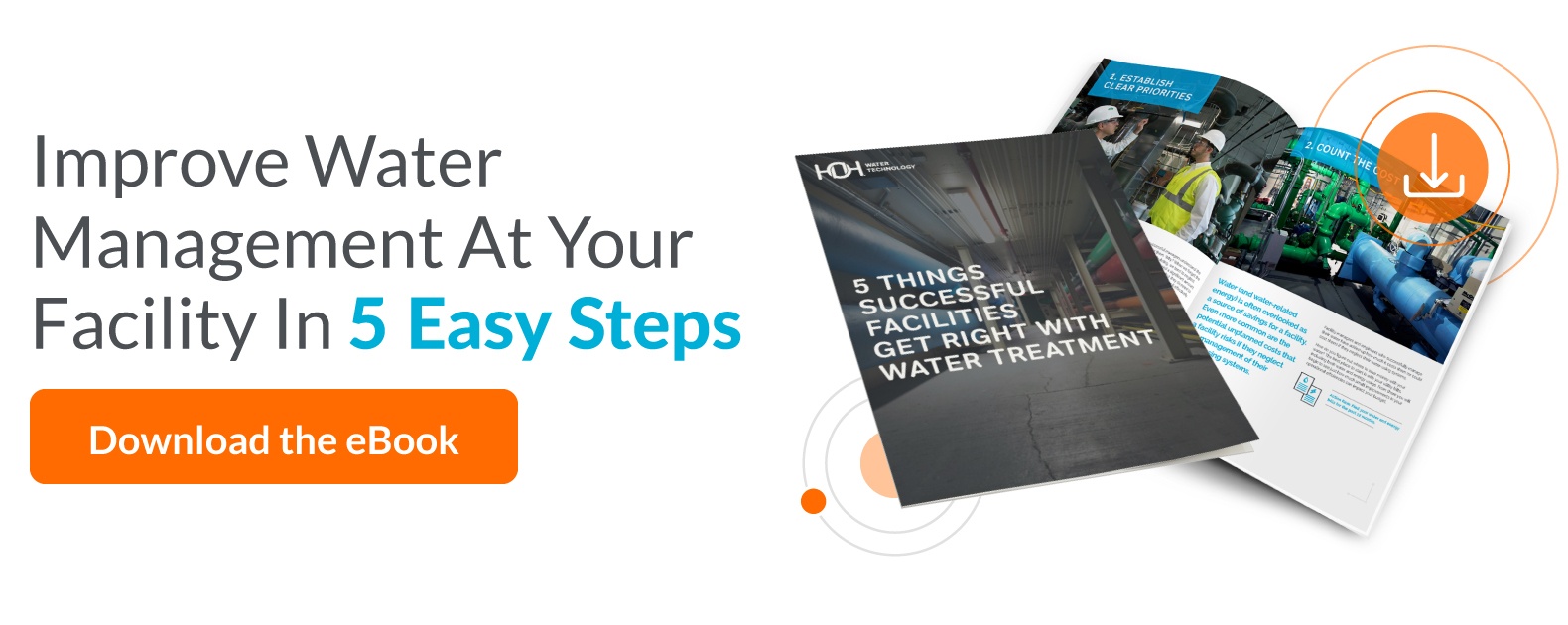
 Most facility managers are already familiar with ASHRAE Standard 188, which established minimum risk management requirements for building water systems, with a particular focus on Legionella prevention. Earlier this year, ASHRAE, along with NSF, began development of a new standard: ASHRAE/NSF 514. The guidelines in Standard 514 will extend beyond a narrow focus on Legionella to prescribe a comprehensive set of water safety practices for building systems, including those already established by NSF 444.
Most facility managers are already familiar with ASHRAE Standard 188, which established minimum risk management requirements for building water systems, with a particular focus on Legionella prevention. Earlier this year, ASHRAE, along with NSF, began development of a new standard: ASHRAE/NSF 514. The guidelines in Standard 514 will extend beyond a narrow focus on Legionella to prescribe a comprehensive set of water safety practices for building systems, including those already established by NSF 444.
Controlling Legionella in Building Water Systems
According to the CDC, the rate of reported cases of Legionnaire’s disease has risen over the past 19 years, increasing four and a half times since 2000. Data captured through November 3, 2018, indicates 7,104 cases that year.
Legionella prevention, especially in high-risk environments like healthcare facilities, is a constant challenge for facility managers.
The bacterium known as Legionella can cause one of two dangerous conditions:
- Legionnaire’s disease, a severe form of pneumonia
- Pontiac fever, a milder illness resembling the flu
These two diseases are sometimes referred to collectively as legionellosis. Legionnaire’s disease, if left untreated, can be fatal.
“Our customers are definitely concerned about Legionella,” says Reid Hutchison, Director of Operations at HOH Water Technology, Inc.
“The bacteria itself is an issue. It’s stubborn and takes some vigilance to control. But then there’s also the compliance side, which brings its own concerns. Diving in and dealing with it all head-on can be daunting. We know because there are still a lot of facilities that are avoiding the issue. Unfortunately, it’s not going away.”
The guesswork and hassle, and ultimately the risk, surrounding Legionella control are the main targets of the HOH water safety program, SafePath 188. But Legionella is not the only safety concern.
ASHRAE/NSF 514 and NSF 444
Before 514, there was NSF Standard 444, which was developed to be a broad standard addressing several waterborne pathogens and was meant to help prevent the injuries and diseases they cause in humans.
Many of the same conditions that encourage Legionella growth also allow the growth of pathogens such as:
- Pseudomonas
- Acinetobacter
- Burkholderia
- Stenotrophomonas
For this reason, NSF 444 was intended to supplement ASHRAE 188 for more comprehensive coverage and ultimately better control and prevention.
According to 2018-2019 ASHRAE President Sheila J. Hayter, P.E.:
“Standard 514 will go further to address building water quality, the importance of managing safe, quality building water systems and prevention strategies.”
There is no set release date for the new standard at this time.
It’s important for building managers to stay aware of new standards and updates to existing standards. But this can be a moving target. Many ASHRAE standards are updated every few years. Some standards are on continuous maintenance and are continuously updated through addenda.
Working with a professional water treater, developing a water safety team and a water management plan, are all critical steps to protect your facility and the people inside. The CDC recommends following this outline for Developing a Legionella Water Management Program:
- Establish a water management program team
- Describe the building water systems using flow diagrams and a written description
- Identify areas where Legionella could grow and spread
- Decide where you need to apply control measures and how to monitor them
- Establish ways to intervene when control limits are not met
- Make sure the program is running as designed and is effective
- Document and communicate all activities
Water safety is a big job, and it’s just one part of your responsibilities as a facilities manager. If you’d like help with Legionella risk assessment you can contact the team at HOH. We’ll look for ways to improve your water management program and help keep you compliant with safety standards.
Recent Blog Posts

Five Ways to Increase the Efficiency of Your Closed Loop System

Global 6K for Water


